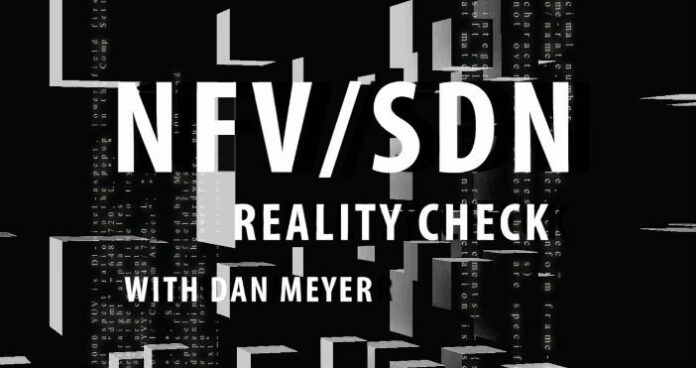Beyond technological transformation, 5G will require that operators reinvent themselves to support vertical industries
LONDON–The step change from 3G to 4G was relatively straightforward: delivering better mobile broadband. With 5G, it is a whole different story. The industry consensus is that the implications of 5G go well beyond a technological shift. 5G will require a new, software-centric, network architecture. But it also means operators must reinvent themselves as vertical industries take a more central role in the creation of new services. One of the main challenges the industry is facing is creating ecosystems.
”If we are to be successful commercially … we need a clear start from a customer perspective because we have many possible [technological] choices. We need an architectural evolution of the network and how we deploy and optimize the network. Then it is probably the first time that operators are not at the centre of the ecosystem. Key to 5G will be the ability to transform verticals,” said Hossein Moiin, CTO mobile networks at Nokia, during a keynote at 5G World in London. ”A very close collaboration with the industries that will be in the lead is needed,” he later added.
Ecosystems are what is missing from the mix right now, according to Moiin. ”We need to make sure that what we do is useful to other industries,” he said. For that matter, telecommunications standardization bodies too will have to adapt and work with standardization bodies across a multitude of vertical segments.
The transition to 5G, from a new architecture to new services, will also require a new type of operational approach as today’s operational models are adapted to box-based networks rather than the software-based networks of the future. ”Return on investment (ROI) is slow with the present mode of operations. Instead, we must move towards a DevOps-driven, business-driven mode of operation. It is a fundamentally different approach,” Moijn said.
Use cases for 5G
Nokia has identified three major use cases. The first one is about the improved delivery of mobile broadband. Second, there is a need to make the network real time and ultra reliable. It should also provide low latency. Finally, 5G will be about connecting not only people, but things – all things. Telecom operators will have to figure out new business models with use cases as a starting point. ”Early on, it is best if you know exactly what is your commercial strategy, which problem to solve, how to solve it and which assets to use,” said Moiin. ”The job of the operators is to discover what the use cases are.”
But they do not need to start from scratch. Using software-defined networking (SDN) in their 4G networks, operators can prepare for the transition to 5G, said Moiin. ”We can already take advantage of SDN, licensed authorized access, enhancements in LTE for device-to-device communication. Each will enable higher capacity or low latency or machine type communication so that we can get ready for 5G.”

